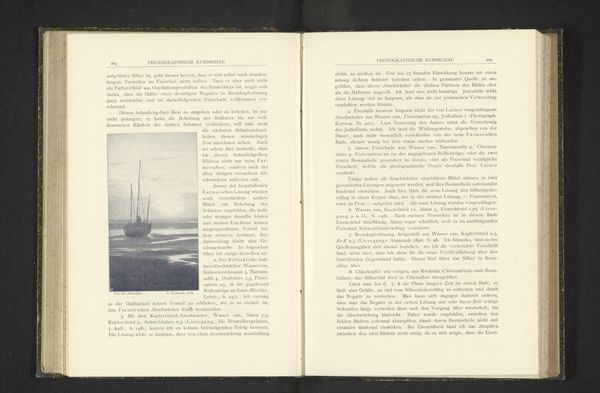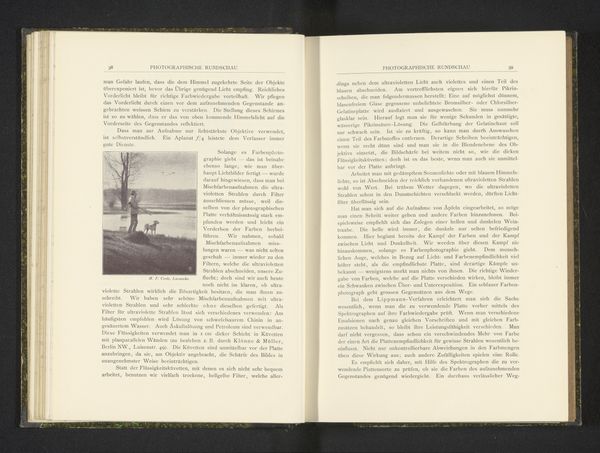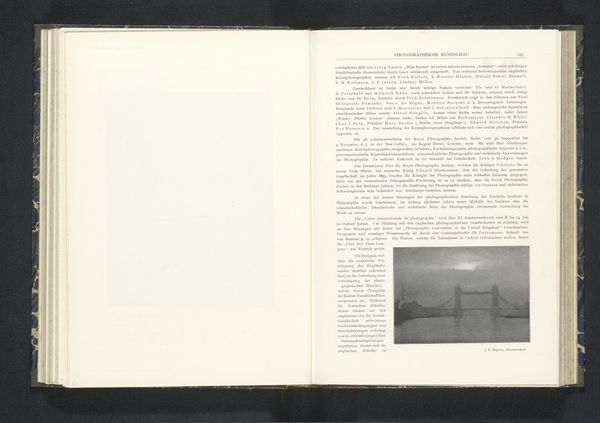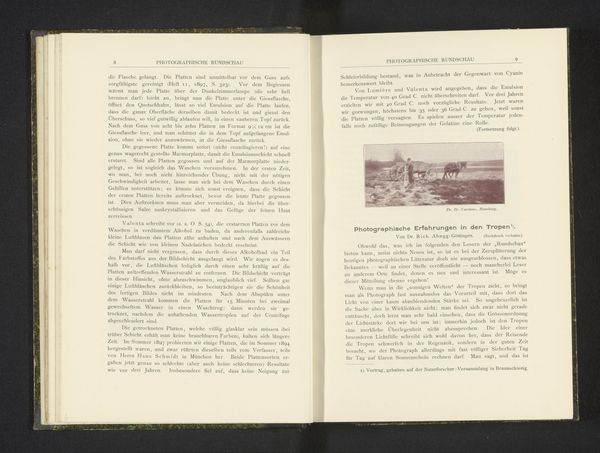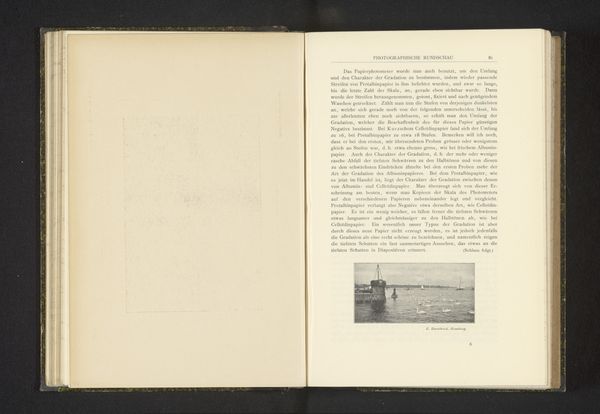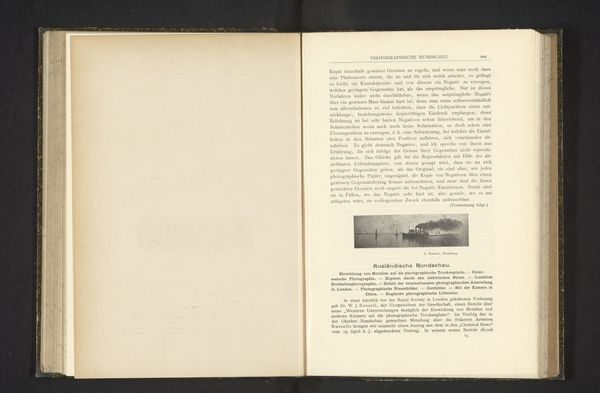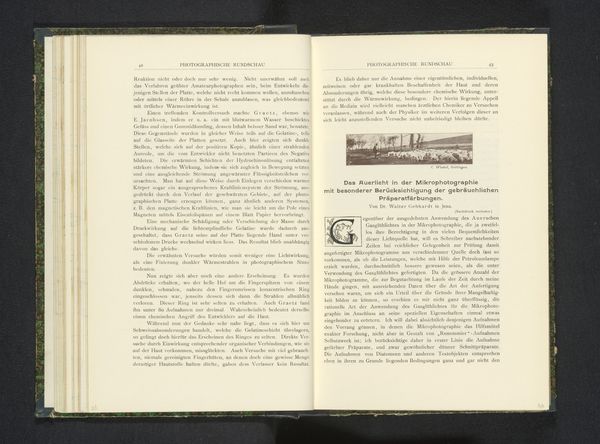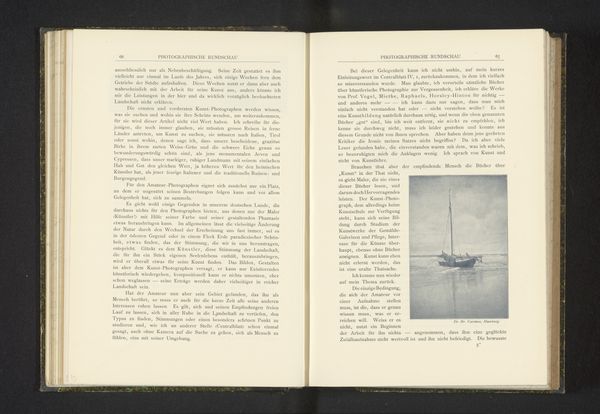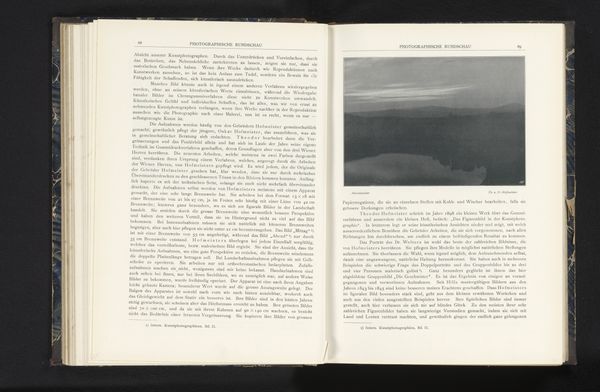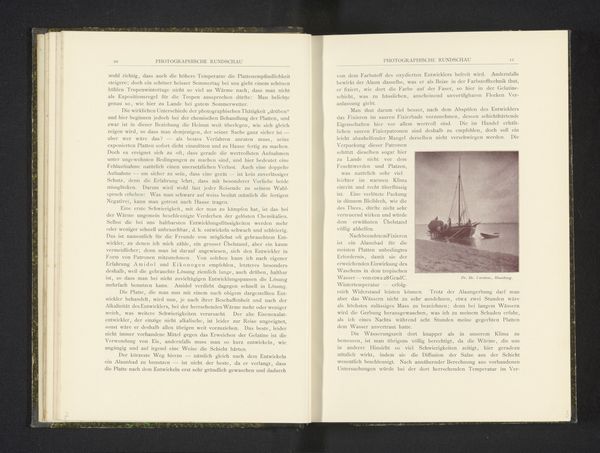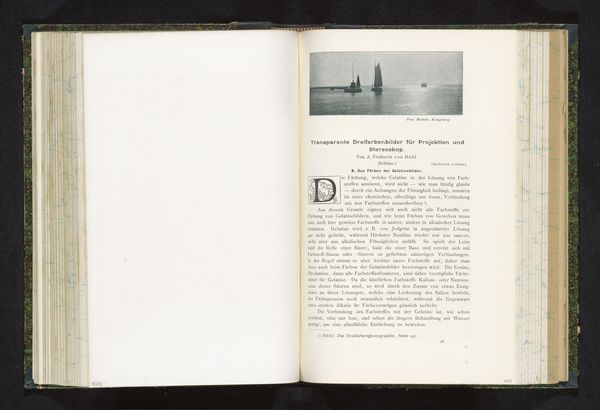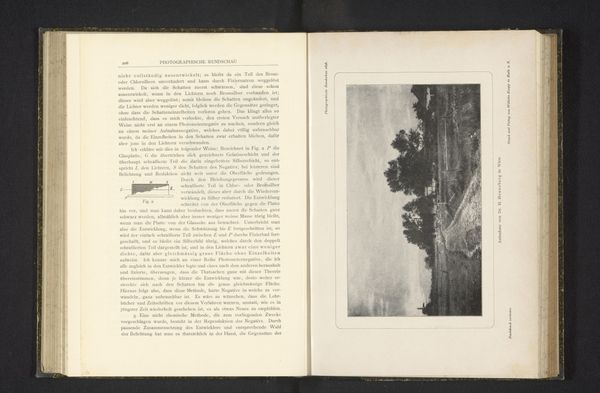
print, paper, photography
#
paper
# print
#
paper
#
photography
Dimensions: height 82 mm, width 67 mm
Copyright: Rijks Museum: Open Domain
This photograph, Winterlandschap, by A. Bönicke, presents a stark, snow-covered landscape, dominated by bare trees. These stark trees evoke a sense of isolation, a common motif in Romantic art. One can trace the image of the bare tree back to ancient Germanic folklore, where it symbolizes death and rebirth. The tree's starkness and the absence of foliage resonate with depictions of the "arbor sicca," or dry tree, a symbol in medieval allegories representing the barrenness of the world without divine grace. This archetype appears in various cultural forms, resurfacing in the Renaissance and Romanticism to signify spiritual or emotional desolation. The somber, almost melancholic mood is what engages the viewer on such a deep level. Here, the barren trees convey the bleakness of winter, mirroring the human soul's experience of loss or longing, a potent force that continues to resonate in modern contexts. The image thus acts as a vessel, carrying centuries of accumulated cultural and emotional weight into our present moment, revealing the enduring power of symbolic forms.
Comments
No comments
Be the first to comment and join the conversation on the ultimate creative platform.
